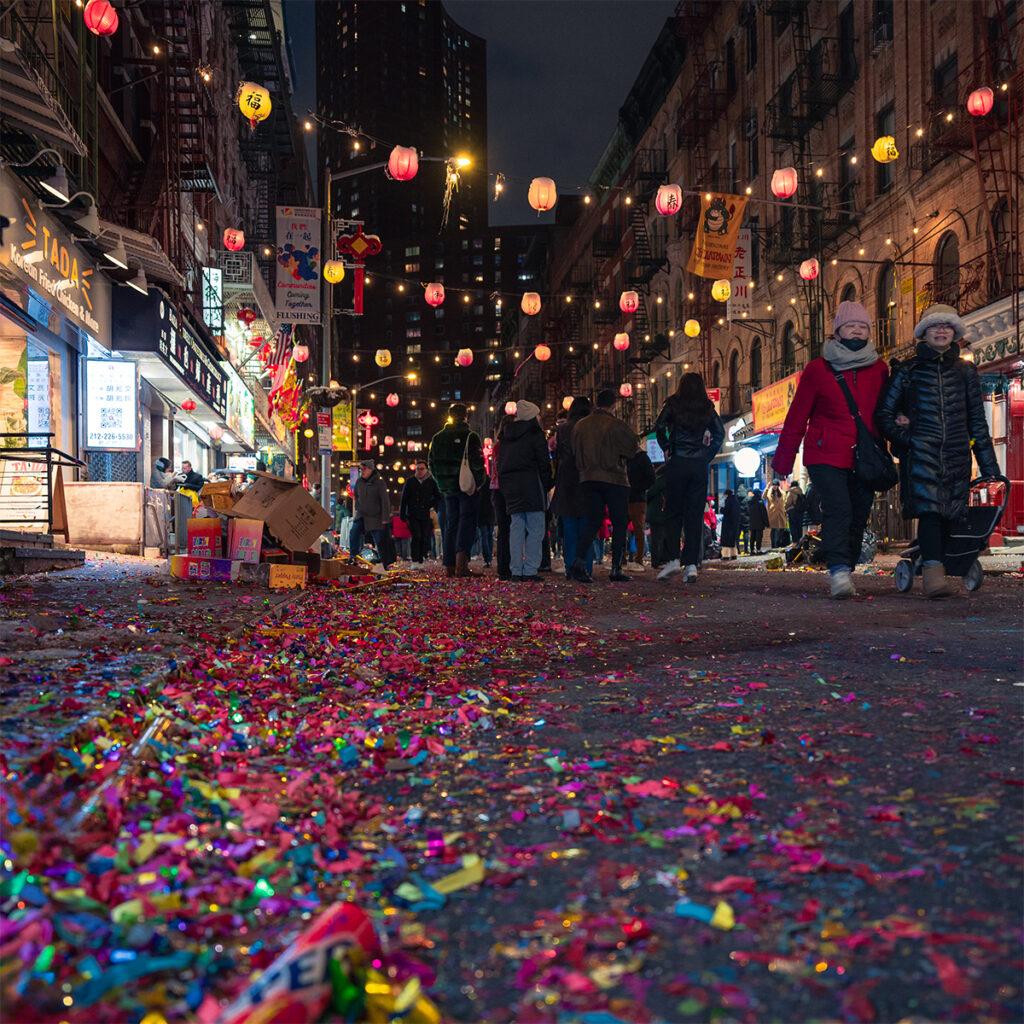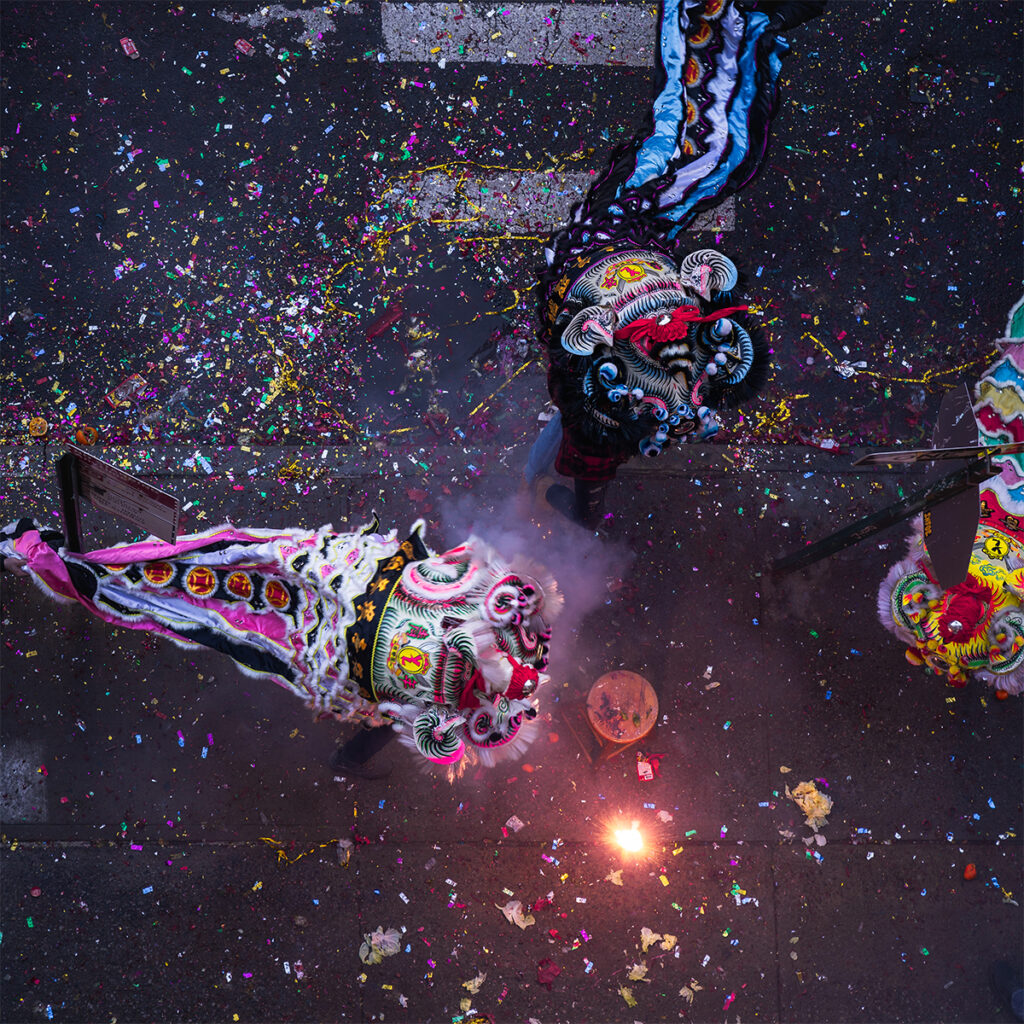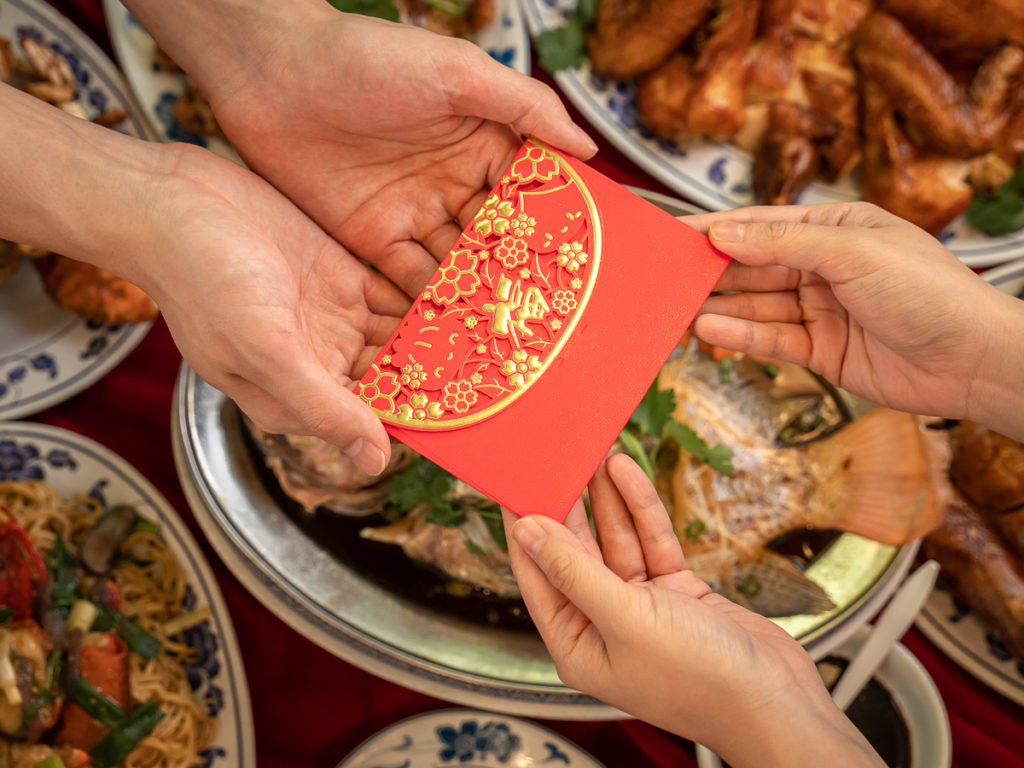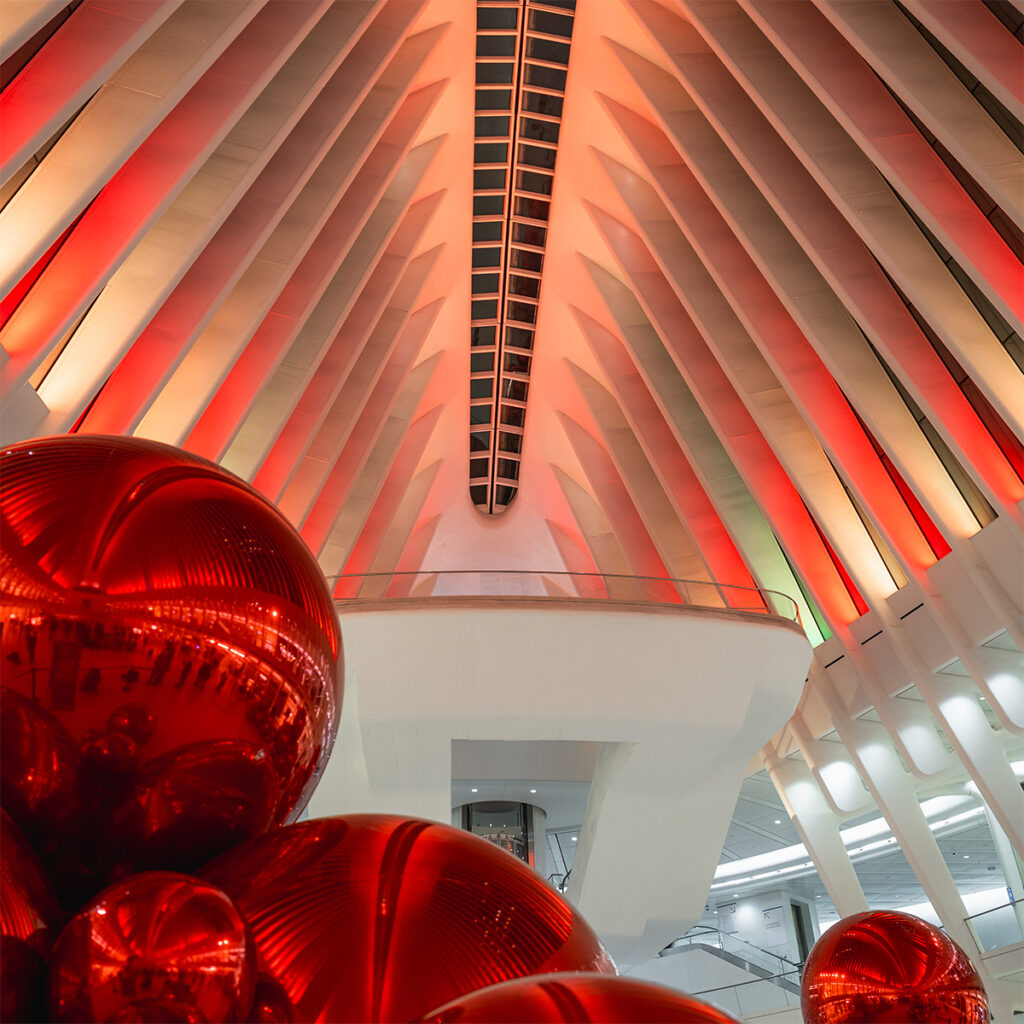Local NYC Guide To Every Lunar New Year Celebration in 2026
February 28, 2024
Last Updated on November 7, 2025 by Erin Donahue

New York City, one of the most diverse cities in the world, celebrates Chinese New Year, which many inclusively call Lunar New Year. Billions of people worldwide observe this annual celebration, which follows the lunisolar Chinese calendar, marks the first new moon of the year, and lasts 15 days. The lunisolar calendar combines solar, lunar, and other cycles for various social and religious purposes and differs from the Lunar calendar. The arrival of the full moon is traditionally marked with a Lantern Festival at the end.
As someone who grew up celebrating Lunar New Year with my family, I spent my college years commuting from New Jersey and could only experience the holiday at home. But when I finally moved into the city, everything changed. For years now, I’ve been documenting New York City’s Lunar New Year celebrations through my lens. What started as finally being able to attend these cultural events has evolved into nearly a decade of photographing the traditions, crowds, and magic that make NYC’s celebrations some of the most spectacular in the world.
Watch My Lunar New Year Events in NYC Video
2026 Is The Year of the Fire Horse
In the Chinese Zodiac, 2026 is the Year of the Fire Horse. It symbolizes passion, energy, independence, free spirit, and charisma. During the two weeks of celebration, places like Chinatown and Flushing burst with life, as people showcase the rich traditions of this holiday. Despite past challenges like the pandemic and anti-Asian sentiments, the spirit of Lunar New Year in NYC has returned in full force, making it a must-experience celebration!
A Note on Terminology

You’ll see this holiday called both “Chinese New Year” and “Lunar New Year” throughout New York City. In Chinese, it’s traditionally “Spring Festival” (春节), while the Vietnamese call it Tết. I use both “Chinese New Year” and “Lunar New Year” interchangeably in this guide to reflect the diverse Asian communities celebrating across the city.
What to Expect During Lunar New Year in NYC

Throughout Lunar New Year in NYC, places like Hudson Yards, South Street Seaport, and Port Authority partner with organizations like the New York Chinese Cultural Center for ribbon and lion dance performances.
Lion dancing has long been a form of entertainment and is believed to bring luck and fortune for the upcoming year. The rhythmic beats of drums and the mesmerizing lion heads make their way through Chinatown, Flushing, and Sunset Park, where the streets are transformed into a spectacle of culture and tradition.
I’ve always stayed in Manhattan just because it’s easier for me to get around, though the Queens celebrations have their own incredible energy. For me, my favorite event to photograph is ‘Super Saturday,’ where over 20 lion dance groups parade through Chinatown, offering blessings to stores and spectators.
Lunar New Year Traditions and Customs

Leading up to the holiday, families prepare by cleaning their homes, getting haircuts, and enjoying the New Year’s Eve reunion dinner, known as ‘Nian Ye Fan (年夜饭).’ Symbolic foods like whole fish, beef, chicken, pork, bamboo shoots, and glutinous rice cake (‘Nian Gao’) are enjoyed during this time.
A couple of years ago, I did a styled food photography shoot with fellow AAPI creatives around the Eve’s reunion dinner since it’s often hard to find Asian representation online. Check out my stop motion ideas for Lunar New Year food photography if you’re looking to capture your own celebrations.
Another cherished tradition is the giving of red envelopes (‘hong bao, 红包’) containing money for good luck. This gesture of goodwill and prosperity is a hallmark of the holiday, symbolizing hope for a prosperous new year.
2026 NYC Lunar New Year Events Schedule

Here’s the ULTIMATE 2026 guide to find where to celebrate Lunar New Year in New York City! The dates below are from 2025 and serve as reference points—2026 dates will be announced in December 2025/January 2026. You can expect these institutions to host similar events following the same weekend patterns. Wishing you a Happy New Year, 新年快乐 Xīnnián kuàilè!
Late January 2026
Hudson Yards Live Performances, 1/3/5 PM
January 25th
- Metropolitan Museum of Art Lunar New Year Festival
- Hudson Yards Live Performances, 1/3/5 PM
- Asia Institute Moon Over Manhattan, 725 Park Ave.
January 28
January 29th
- 27th New Year Firecracker Ceremony & Cultural Festival, Chinatown
February 1
- Lunar New Year Celebration at the Seaport
- Chinese Calligraphy Workshops at the South Street Seaport Museum
- Lincoln Center Lunar New Year Celebration
- Hudson Yards Live Performances, 1/3/5 PM
February 2
- Flushing Lunar New Year Parade
- China Institute in America Lunar New Year Family Festival, 100 Washington St.
February 8
- Queens Botanical Garden Lunar New Year Celebration
- Super Saturday, Chinatown
February 11
February 12
February 16
- Chinatown Lunar New Year Parade
To keep up to date with everything I share, follow along on my social media and read up on what camera gear I use to take pictures around New York City!
Leave a Reply Cancel reply
© Erin Donahue Creative LLC, All Rights Reserved
Terms of Service & Privacy Policy